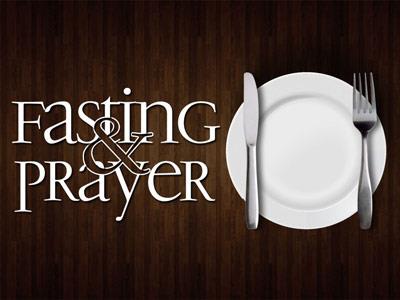-
It's The Economy Stupid Series
Contributed by Mark A. Barber on Jul 29, 2013 (message contributor)
Summary: The economy of God is different than that of humankind. The Third Sunday in Lent
It’s the Economy, Stupid
Rev. Mark A. Barber
Last week, we saw the debut of Jesus ministry in a tiny Galilean village where he saved an unknown groom and his family from shame by turning the water into wine. In today’s passage, we see Jesus performing another sign in the very heart of the Jewish religion, at the Temple itself.
Verse 12 says that after the miracle at the wedding Jesus, Mary, and the disciples returned home to Capernaum. This means that at some time, the family had moved from Nazareth. The Gospel of Mark also seems to imply that Jesus had a home there. We don’t know how long that Jesus remained there after this, but it was not long.
Jerusalem at Passover time swelled several times its usual size as more than 100,000 pilgrims came there from all over the world. The Jews were commanded to appear there every year to pay the Temple tax and eat the Passover. These pilgrims would need food and lodging while they stayed, and many houses had guest rooms and upper rooms for rent. Others sold souvenirs. The half-shekel Temple tax had to be paid with approved coinage, so the pilgrims would have to exchange their local money for the Tyrian shekel. Finally, each family had to provide a lamb for the Passover meal that was without spot or blemish. So for convenience pre-approved lambs were available for sale as well as doves for other Jewish offerings at the Temple.
In other words, Passover was good for the economy of Jerusalem. There was a lot of money to be made. Without Passover and the other prescribed Jewish festivals, the city would have been impoverished. So anything which seemed to be a threat to people’s livelihood. This would present a problem between the purity and purpose of the Jewish faith in the God of Israel and the money to be made from religion. Some, like Jesus, held to the purity of worship and prayer as being the only purpose for the Temple. Others would say of the Temple and its purpose: “It’s the Economy, stupid.” These two views of the Temple were about to clash.
The Temple of Jesus’ day was separated into several compartments, each except the outer court with a privileged degree of access. The most restricted area was known as the Holy of Holies which was separated off from the Holy Place by a thick curtain which cut off all light. In the original Temple, the Holy of Holies contained the Ark of the Covenant which served as a symbol to the throne of God in heaven. In pagan temples, the idol of their god sat upon this throne. But no visible representation of the God of Israel was allowed, so the throne would appear empty to human eyes. But God caused His presence to be there in a real but spiritual sense. As God is holy, His throne needed to be protected from the profane. Only the high priest was allowed there once a year on the Day of Atonement with the blood of a sacrificial goat to sprinkle the blood on the mercy seat.
The Ark was taken when the first Temple had been looted and burned in the Babylonian conquest of Jerusalem six hundred years earlier. When the Temple was rebuilt, the Ark was never replaced. The room was empty at the time of Jesus. This was most unusual in the world of Jesus’ day as the pagan Temples served as banks where people deposited their gold and valuables for safekeeping. The priests of these temples made quite a bit of money lending out money at interest and using the deposit of these valuables as collateral. In other words, the pagan temples serves as banks.
The High Priest would enter in the Holy of Holies from the next room in the Temple called the “Holy Place” where the altar of incense, the showbread table and the golden candlestick were. The priests and Levites could go there in the discharge of their duties, but no one else. This was surrounded by the Court of the Men. Only Jewish men could go there. Surrounding this was the Court of the Women, where Jewish women could go. This is where the offering boxes were placed.
Outside of the Temple was the Court of the Gentiles. Anyone who feared the God of Israel could go there to pray and worship. But Gentiles were expressly forbidden under pain of death to enter into the Temple proper. This is the place where the lambs and pigeons for sacrifice were sold and where the foreign money could be exchanged for the shekel to pay the Temple tax for a small profit for the moneychanger. Could you imagine trying to pray to God with the distractions of the bleating and cooing of animals, the clinking of coins, the haggling over prices, and the smell and filth left by the animals? Praying there would be like trying to pray in Wal-Mart on Black Friday. Yet this is where the Gentiles had to go to worship God.

 Sermon Central
Sermon Central



